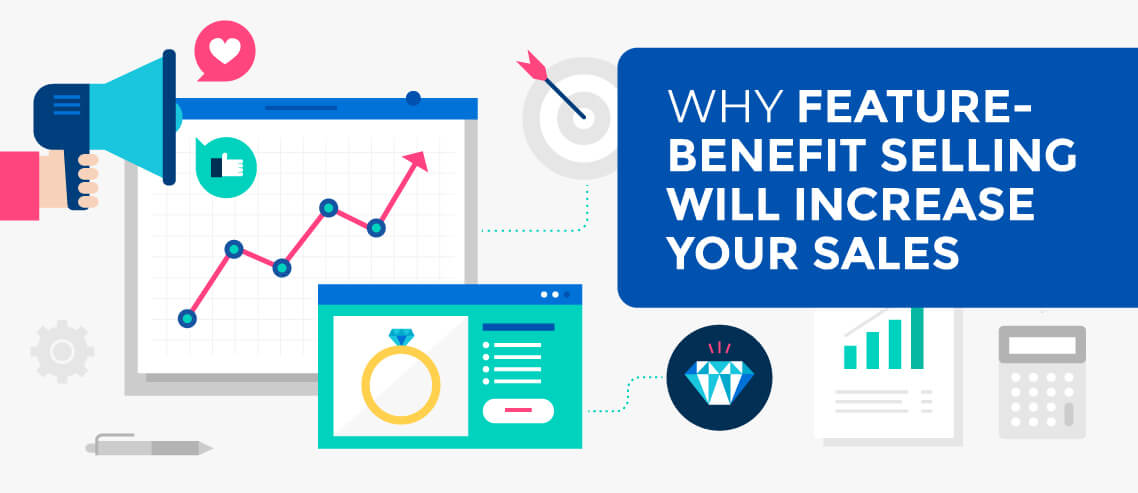Customer Insights: Uncovering the Data to Grow Revenue

Contents
Although every business is different, they almost all depend on their customers. Just like all humans bleed the same way, the lifeblood of most every business is its customers.
It should come as no surprise, then, that understanding your customers is one of the best ways that you can better understand how your business functions and how you can grow it.
Here, we’re going to lay out how you can use customer insights to expand your business and grow your revenue.
What Are Customer Insights?
As the name implies, customer insights are interpretations and understandings of the way that customers act, feel, and respond in relation to businesses. This type of understanding is invaluable to businesses, which can use them to make changes to their strategies and models in order to make them more in line with their customers’ wants and desires. In short, businesses search for customer insights in an effort to better understand the motivating forces behind their actions as they relate to the business.
For example, businesses may look to customer insights to determine why one of their products is selling so poorly, or why another one of their products is outselling all of their others. By uncovering answers to these questions, they can then realign their business model with their customers’ values to generate more revenue and help their bottom line.
In a modern context, customer insights are usually found through data analysis. This may mean looking through your current customer data, examining the market landscape outside of your business, conducting market research, or any other way that you can gather data.
However, customer insights don’t necessarily have to come from big data. Sometimes, a single review online can lead to extremely valuable customer insights — the value of customer feedback should never be underestimated.
How Customer Insights Can Improve Your Win Rate
Now that we have an understanding of what customer insights are, let’s see how they can be used to make a measurable difference in your business.
1. Improve the Buyer’s Journey
The Buyer’s Journey is a name given to the common trajectory that most, if not all, buyers take before making a purchase. The buyer’s journey is most commonly described as comprising three stages:
- Awareness: The buyer is only aware that they have a problem that needs to be solved. At this point, they’re trying to better understand their problem.
- Consideration: By now, the buyer fully understands the problem that they have and is now interested in learning more about possible solutions to consider.
- Decision: At this point, the buyer is looking for specific providers that can offer a solution. They are looking into prices and offerings from different businesses to find the best fit.
Some add an additional two stages to this path:
- Purchase: Here, the buyer actually makes a purchase.
- Maintenance: At this stage, the buyer is deciding whether or not they want to continue using the product. This is particularly relevant for SaaS and other subscription-based offerings.
By uncovering customer insights, you can get a better understanding as to what parts of the buyer’s journey are tripping up your customers and what parts are faring nicely. You may find, for example, that your company is not putting out enough content to reach buyers in the decision phase. From there, you can ramp up your bottom-of-funnel content.
2. Personalize Your Marketing
In the past, companies used to focus their marketing efforts on the market as a whole. This practice is referred to as mass marketing.
These days, however, most companies opt for more targeted marketing, i.e. marketing efforts that try to hone in on specific audiences, like men ages 18-25 or women ages 30-40.
Personalized marketing takes things one step further: it attempts to make marketing materials relevant to specific individuals in an attempt to elicit a better response from them. If you’ve ever gotten an email from a company that greeted you by your name, then you’ve already encountered personalized marketing.
When you truly understand your customers, you can make more effective personalized and targeted marketing campaigns. For example, you can use customer insights to make different offers to customers that frequent your site and customers that visit it very infrequently. Or, you might find that certain types of personalization work better than others.
Whatever you find, customer insights give you a starting point to work from.
How to Use Customer Insights
Let’s take a deeper look at how you can use customer insights to make an impact on your business.
1. Get Insights On How Consumers Use an Existing Product
If you’re looking to improve your sales or marketing efforts for an existing product, customer insights can help.
For instance, you might try to gather data on what words customers use to describe your brand or product. Then compare that with words they use to describe your competitors. Similarly, you can try to ascertain why they prefer one product over another.
From there, you can create actionable strategies to rectify any problems and build on your strong points.
2. Conduct Market Research for a New Product
Whenever you’re launching a new product, it’s important to understand the shape of the current market landscape you’ll be entering into. Market research can help with that.
In this case, you will want to investigate if your target market thinks that your product will be useful, if they could imagine themselves using it, what their thoughts and feelings are regarding similar products that already exist, and how they feel about your prototype.
This data can help you plan a better launch.
3. Get Competitive Insights
As they say: keep your friends close but your enemies closer. Understanding how your competitors are faring is important if you want to stand a chance against them. Luckily, customer insights can help with this too.
For example, if your competitor just released a new product, you can gather data about how your target market is receiving it. If it turns out that it was a flop, you’ll know not to follow in their footsteps, but if it’s a raving success, you can consider launching something similar or integrating its best points into a new version of your current product lineup.
Similarly, you can investigate your competitor’s product to find gaps and opportunities that you can exploit. Do people generally love your competitor’s product but find that it’s too difficult to use? Use that information to start designing a similar product but with a better and more intuitive user interface.
Key Takeaways
Customer insights are understandings and interpretations of a business’s customers, usually through the analysis of customer data. These insights typically come with actionable insights that can be used to develop new strategies and build new predictive models.
In the end, customer insights are important because almost all businesses depend on their customers, so understanding them is invaluable.





